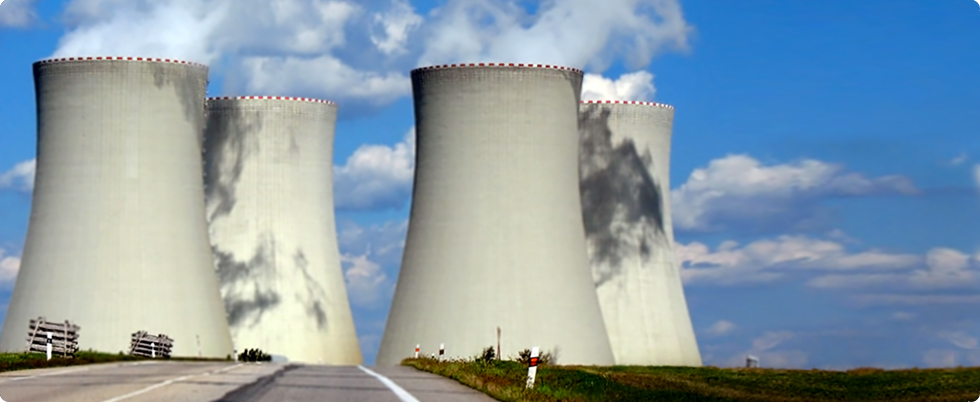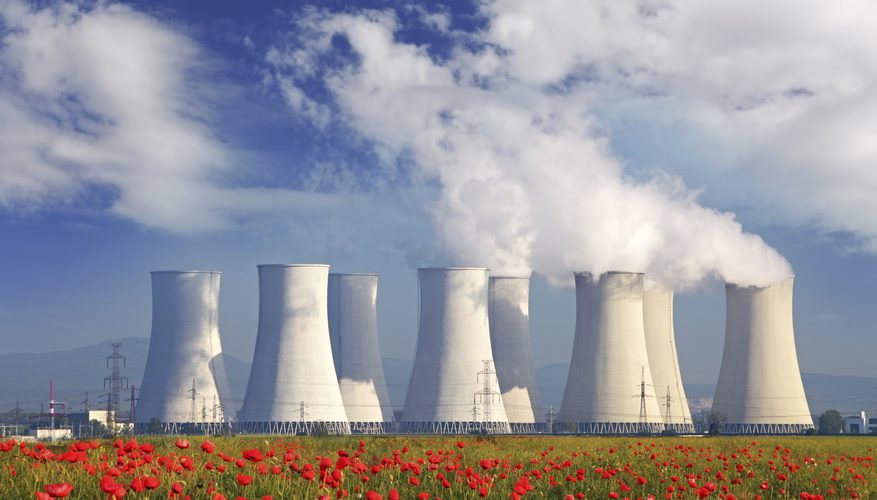News
Common Applications of a Cooling Tower

If you found your way to Sequana Tower you more than likely know the answer to the question of what are cooling towers used for? If you stumbled upon us or are doing research here is a basic run down of common applications:
A cooling tower is a heat rejection device which extracts waste heat to the atmosphere through the cooling of a water stream to a lower temperature. Cooling towers may either use the evaporation of water to remove process heat and cool the working fluid to near the wet-bulb air temperature or, in the case of closed circuit dry cooling towers, rely solely on air to cool the working fluid to near the dry-bulb air temperature.
Common applications include cooling the circulating water used in oil refineries, petrochemical and other chemical plants, thermal power stations and HVAC systems for cooling buildings. The classification is based on the type of air induction into the tower: the main types of cooling towers are natural draft and induced draft cooling towers.
Cooling towers vary in size from small roof-top units to very large hyperboloid structures (as in the adjacent image) that can be up to 200 metres (660 ft) tall and 100 metres (330 ft) in diameter, or rectangular structures that can be over 40 metres (130 ft) tall and 80 metres (260 ft) long. The hyperboloid cooling towers are often associated with nuclear power plants,[1] although they are also used to some extent in some large chemical and other industrial plants. Although these large towers are very prominent, the vast majority of cooling towers are much smaller, including many units installed on or near buildings to discharge heat from air conditioning.
How do Cooling Towers Work

Scientists call hyperboloids "wet cooling towers" because they use evaporative cooling. Dry cooling towers use other methods to cool water and return it to its source. You can also find other types of cooling towers that provide heating, ventilation and air conditioning cooling for schools, office buildings, hotels and similar establishments. It's important to disinfect cooling tower water, because bacteria can breed there. Legionella, which is responsible for Legionnaires' disease, find cooling towers ideal environments in which to propagate.At Sequana Tower we understands the importance of assuring the mist that is transferred into the air is clean and free of pollutants that can effect health. We are the experts in diagnosing and rectifying issues that expose your cooling tower to environmental issues. Read more : http://www.ehow.com/how-does_4899957_cooling-tower-work.html
Design & Developed by sunnycirtix
.png)